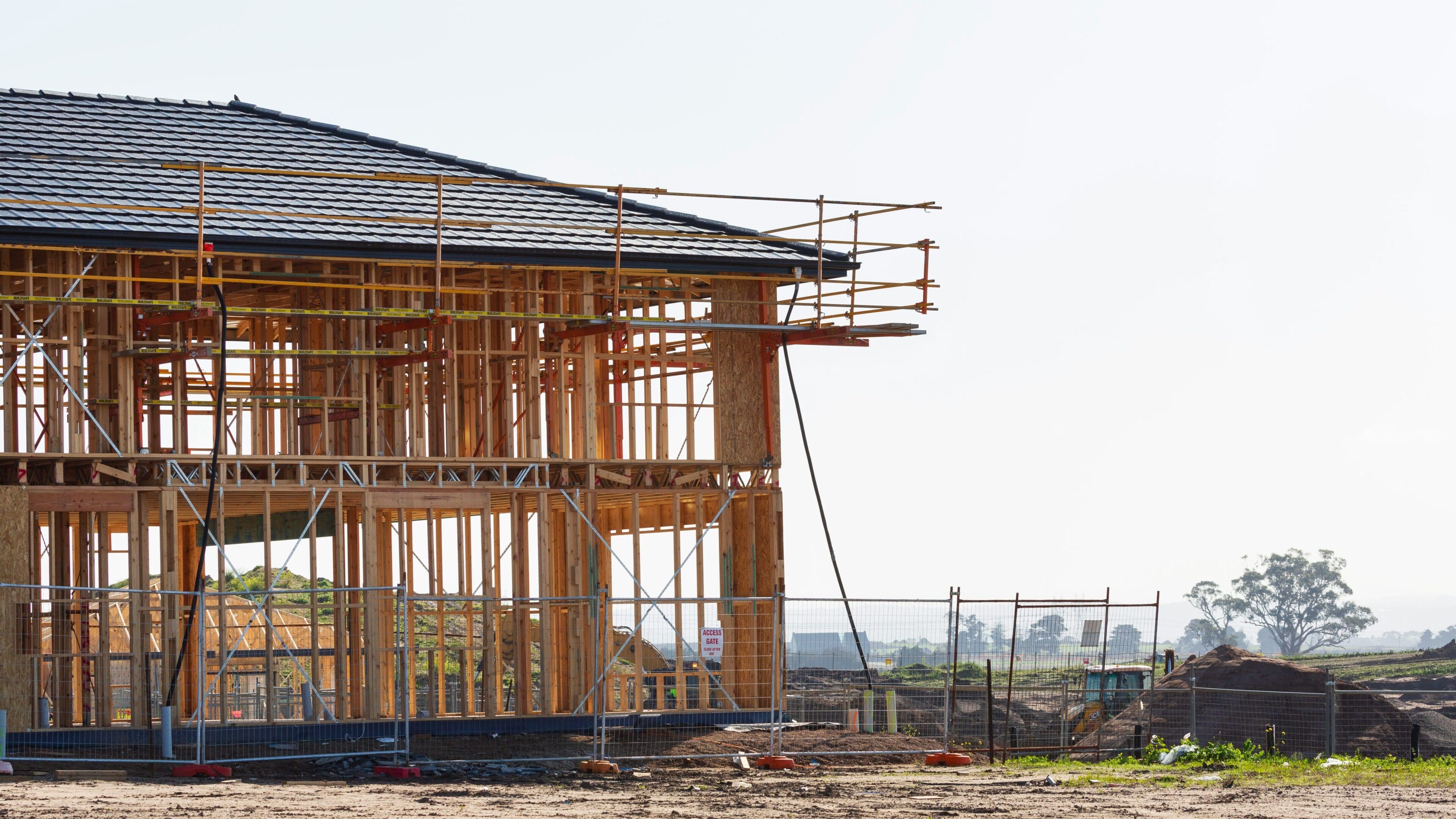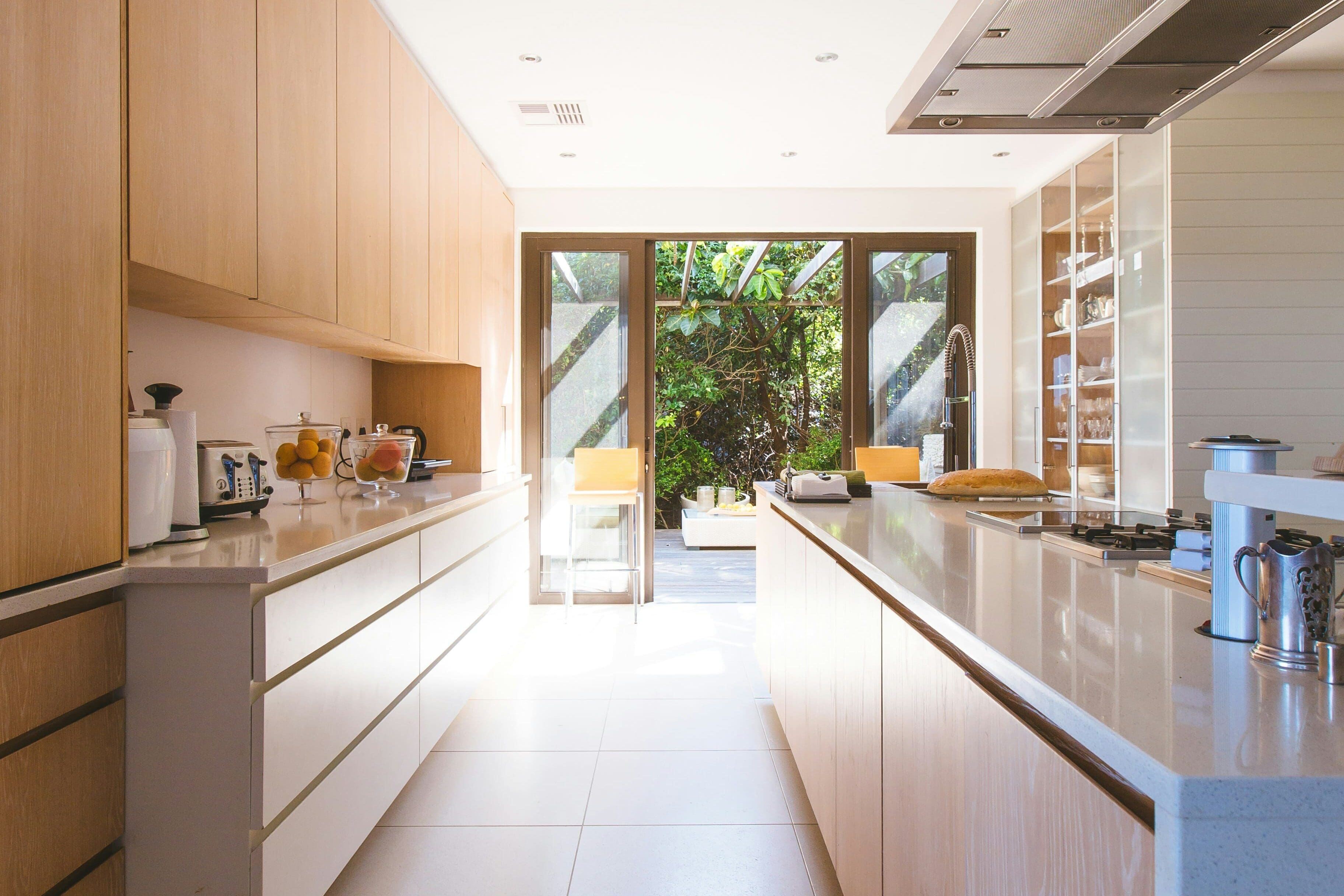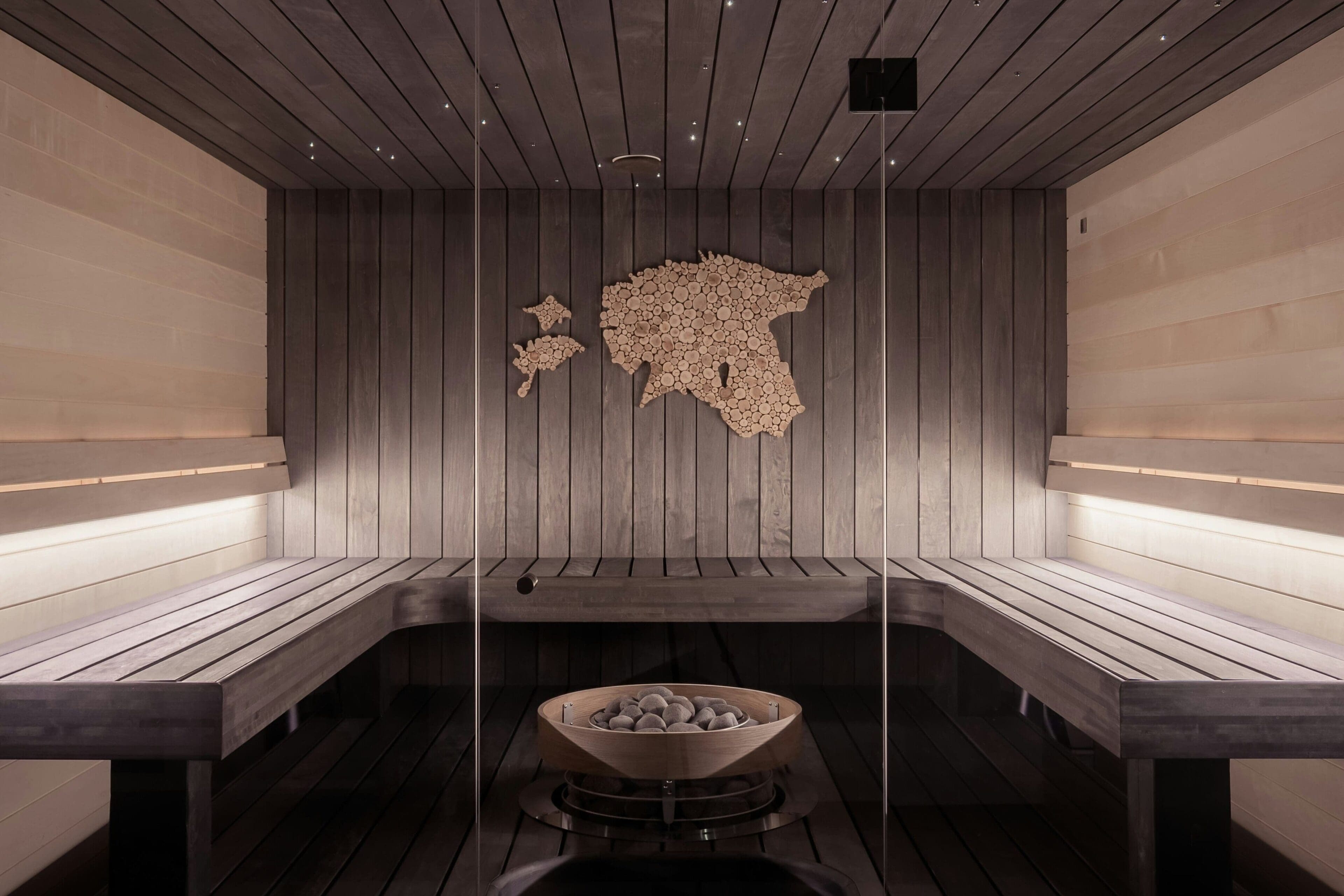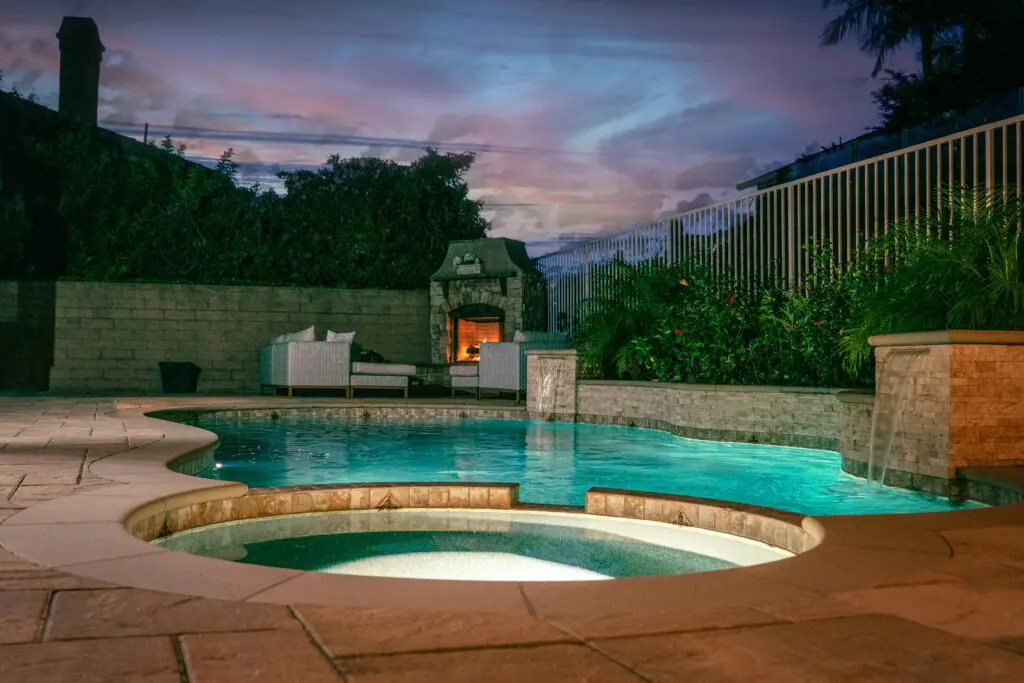Wants vs. Needs in Home Construction: Finding the Right Balance for Your Dream Home

Building or renovating a home is an exciting journey filled with opportunities to create a space that reflects your personality and lifestyle. However, as you dive into the world of home construction, you’ll quickly discover that distinguishing between wants and needs can be one of the most challenging aspects of the process. Understanding this balance is crucial not only for your budget but also for ensuring your new home serves you well for years to come. Let’s explore how to navigate the wants vs. needs in residential construction effectively.
Understanding Wants vs. Needs
Needs are the essential features that ensure your home is functional, safe, and comfortable. These typically include basic infrastructure and elements required for daily living, such as:
- Structural Integrity: A solid foundation, walls, and roof to protect you from the elements.
- Safety Features: Smoke detectors, carbon monoxide detectors, and proper electrical wiring.
- Basic Utilities: Access to water, electricity, and heating/cooling systems.
- Sufficient Space: Enough bedrooms and bathrooms to accommodate your family comfortably.

On the other hand, wants are the desirable features that enhance your living experience but aren’t strictly necessary. These can include:
- High-End Finishes: Custom cabinetry, designer fixtures, and luxury flooring materials.
- Extra Spaces: Home theaters, game rooms, or elaborate outdoor kitchens.
- Modern Upgrades: Smart home technology, energy-efficient appliances, and high-end landscaping.
Step 1: Prioritize Your Needs
Before you start dreaming about that gourmet kitchen or spa-like bathroom, take a step back and focus on what your family truly needs. Consider the following:
- Family Size: How many bedrooms and bathrooms will you require? Think about current needs and future possibilities, such as growing families or aging parents.
- Lifestyle: What does your daily routine look like? If you work from home, a dedicated office space might be a necessity rather than a luxury. If you entertain frequently, an open floor plan or a large dining area could be essential.
- Location Considerations: Is your home located in an area prone to extreme weather? If so, you might need additional insulation or storm-resistant features.

Step 2: Identify Your Wants
Once you’ve established your needs, it’s time to dream a little. Write down the features that would enhance your living experience. Here are some common wants that homeowners consider:
- Open Concept Layouts: Many people desire open spaces that promote interaction and flow between rooms.
- Outdoor Living Areas: Decks, patios, and landscaped gardens can transform how you enjoy your home.
- Luxury Features: High-end appliances, custom closets, and spa-like bathrooms are popular upgrades that add comfort and style.
Step 3: Create a Balanced Budget
Understanding the distinction between wants and needs will help you allocate your budget effectively. Here are some tips:
- Set a Realistic Budget: Start by determining how much you can afford for your residential construction. Include both needs and desires, but prioritize necessities first.
- Allocate Funds Wisely: Consider investing more in essential features that provide long-term value, such as energy-efficient systems or quality materials. Save on non-essential items or plan to add them later.
- Plan for Flexibility: Leave room in your budget for adjustments. You may find that certain wants become more important as the project progresses, or unexpected costs may arise.

Step 4: Communicate with Your Builder
Once you have a clear list of needs and wants, share this with your renovation contractor or custom home builder. Effective communication is key to ensuring that your vision is realized while staying within budget. Discuss:
- Prioritizing Needs: Ensure that your custom home builder understands which aspects of the construction project are non-negotiable.
- Integrating Wants: Explore creative ways to incorporate some of your desired features within your budget, such as opting for less expensive materials that still provide a high-end look.
- Future Considerations: Discuss how certain features can be added later, allowing you to focus on essential elements now while keeping the door open for future enhancements.
Step 5: Be Open to Compromise
In the world of home construction, compromise is often necessary. You may need to adjust your expectations based on your budget and the realities of your construction timeline. Keep in mind:
- Functionality Over Aesthetics: Sometimes, practical features may need to take precedence over decorative elements. For example, a functional kitchen layout may be more important than having top-of-the-line appliances.
- Phased Construction: If you find that your budget won’t allow for all your wants at once, consider a phased approach. Plan your construction so that essential needs are met first, and then add luxury upgrades later.

Conclusion: Building Your Dream Home
Striking the right balance between wants and needs is essential for a successful home construction project. By prioritizing your needs, clearly defining your wants, and maintaining open communication with your builder, you can create a living space that not only meets your functional requirements but also fulfills your dreams.
Remember, your home is not just a building; it’s a reflection of your lifestyle and values. As you embark on this exciting journey of home renovation, home addition, or new home construction in Langley or the Fraser Valley, keep in mind that the goal is to create a space that serves you well for years to come.
Feel free to share your thoughts or experiences regarding your own wants vs. needs in home construction in the comments below. Let’s keep the conversation going! Here’s to building better homes.
